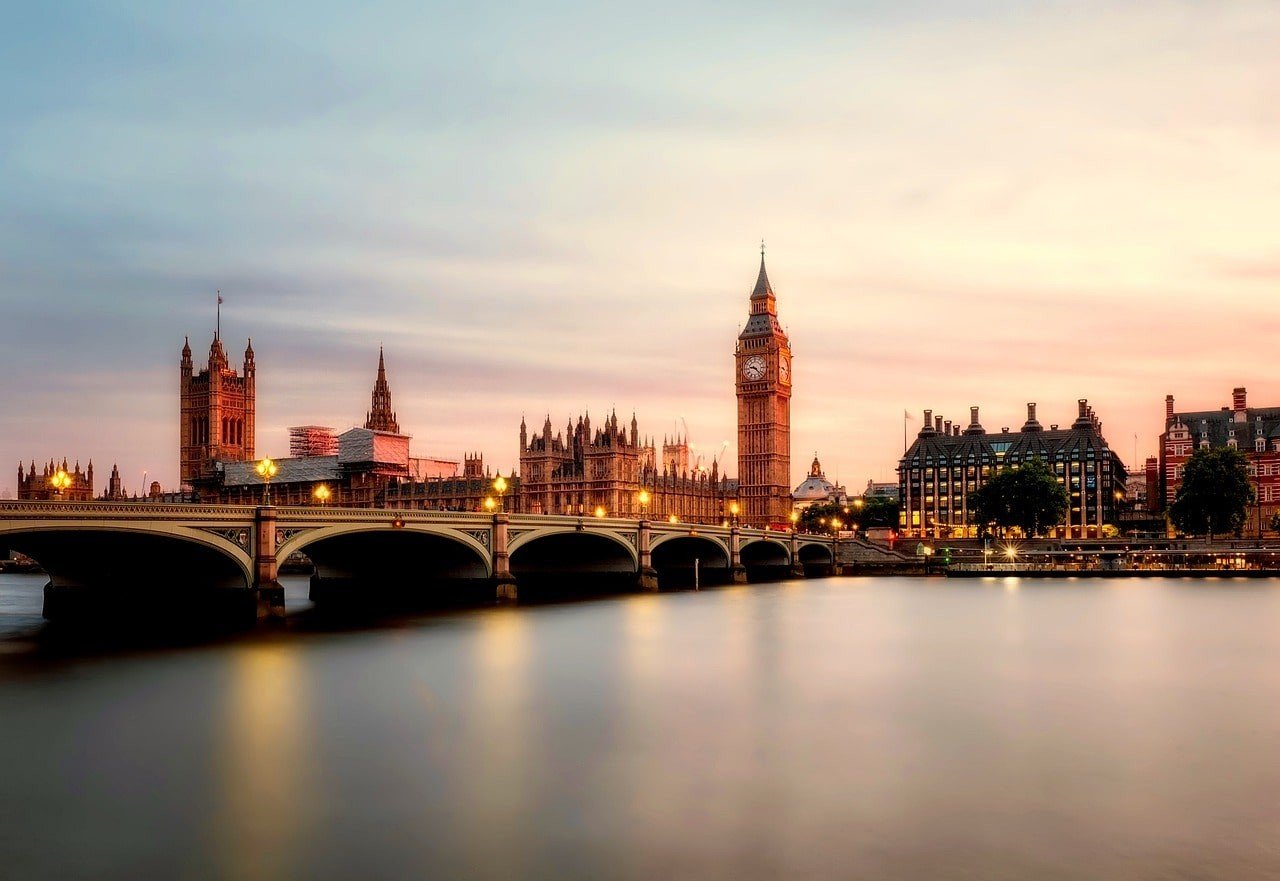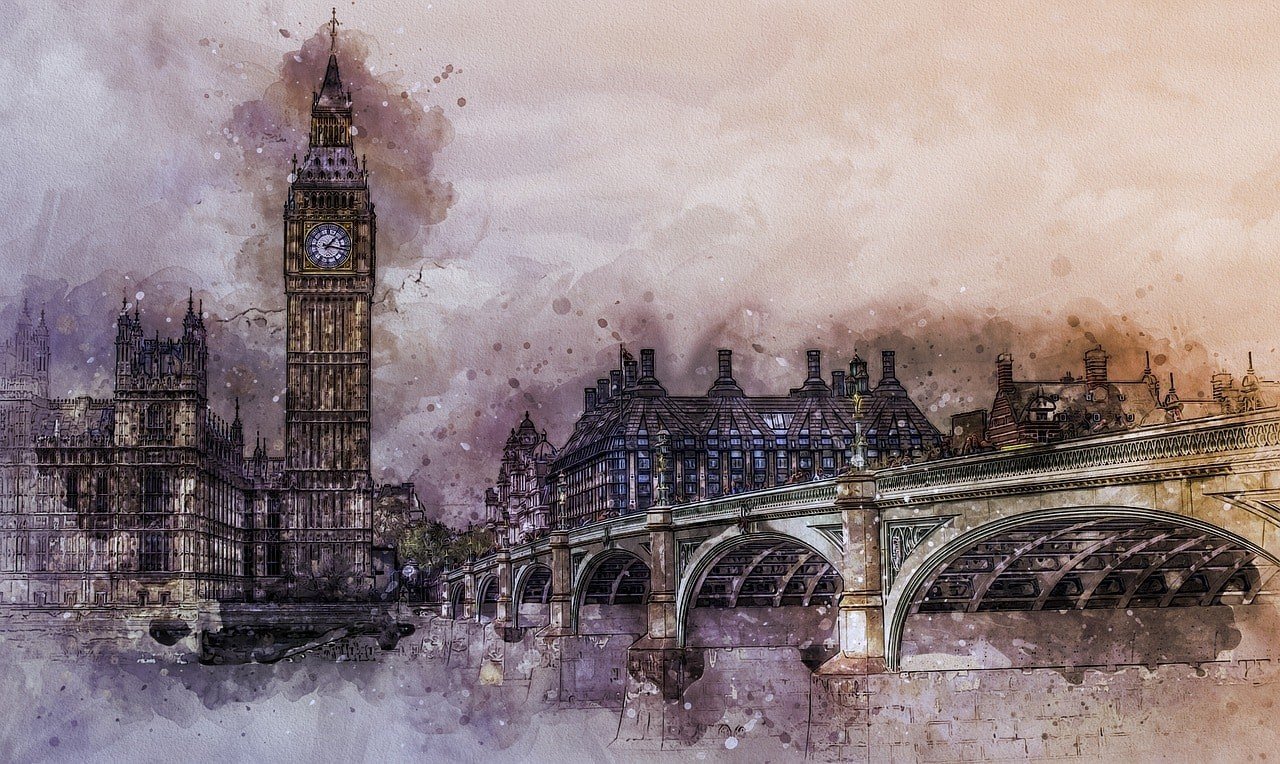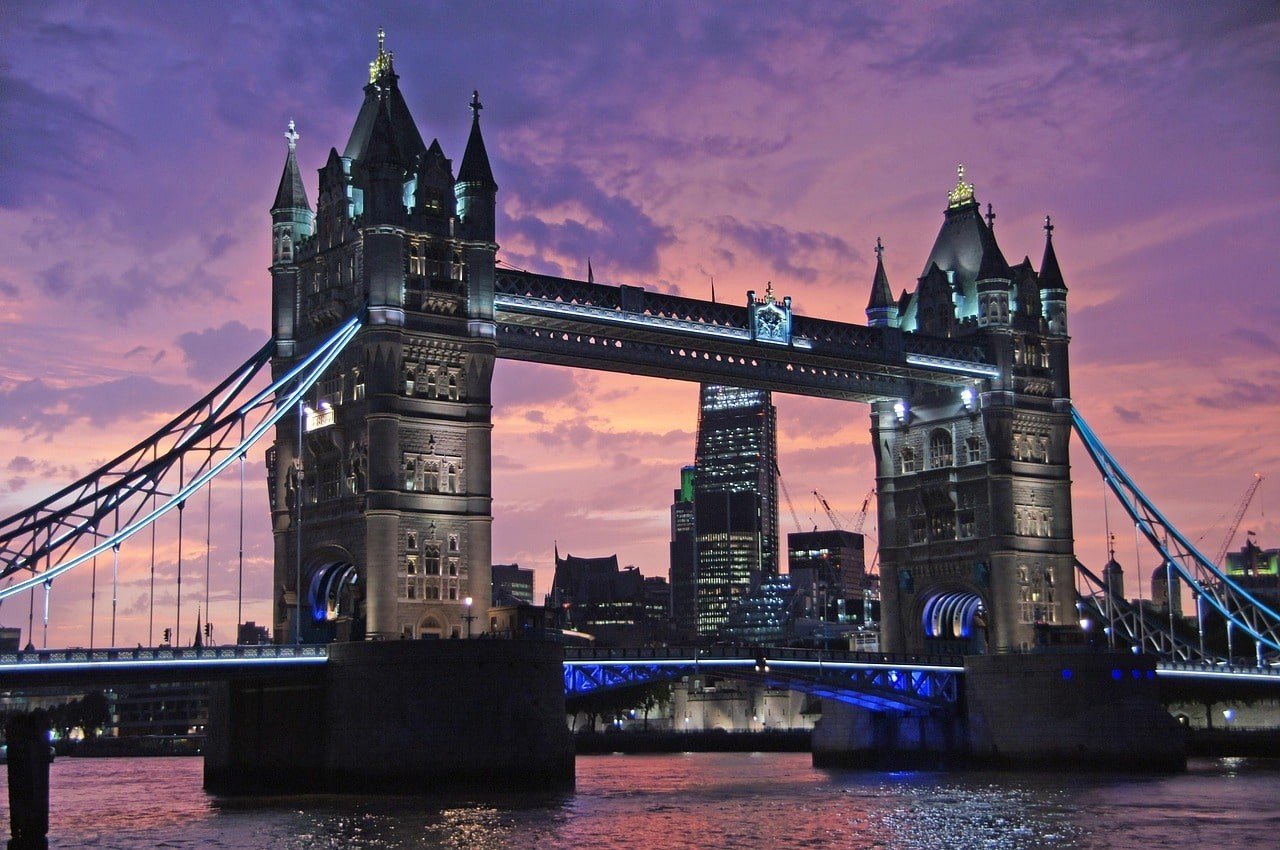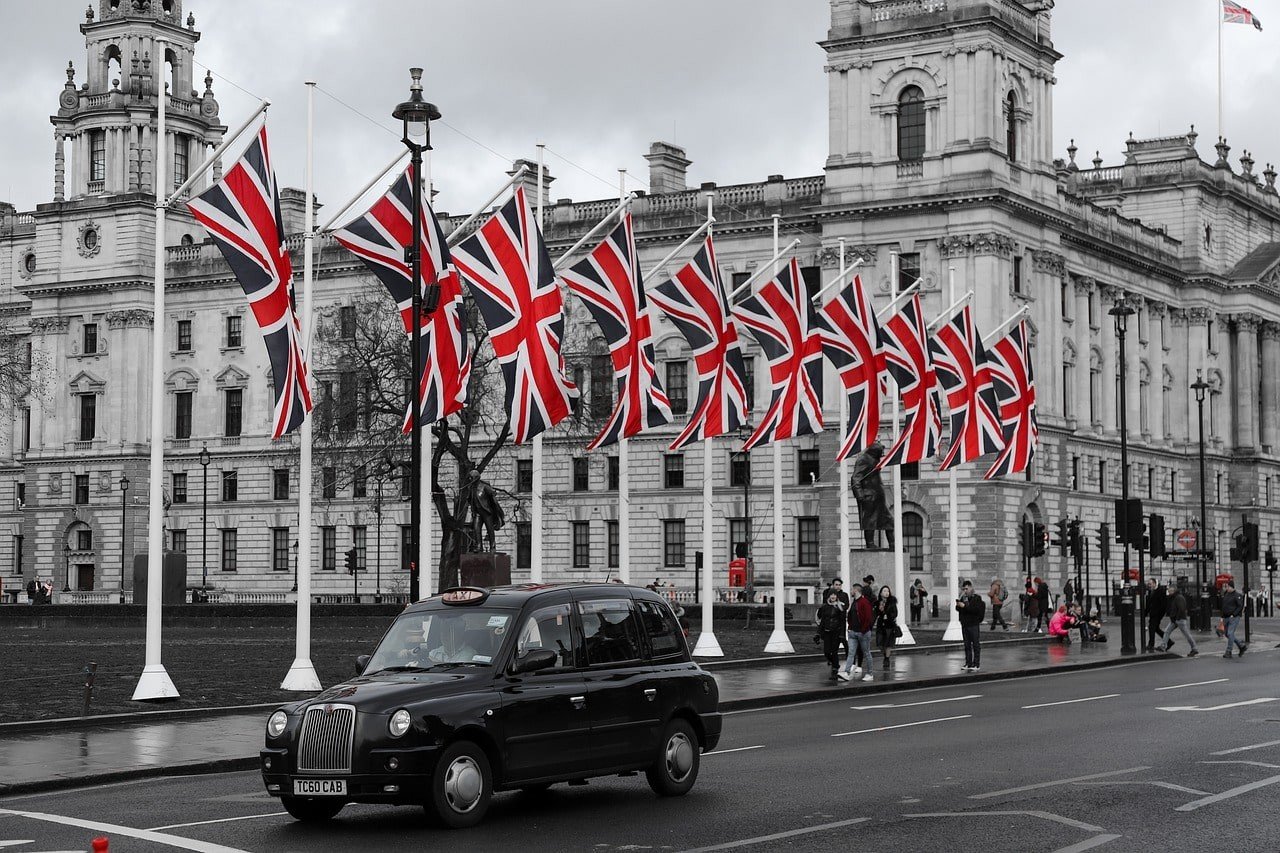
London is the capital of the United Kingdom, England's largest city and one of the world's leading financial centers. Located on the River Thames, it is known for its historical landmarks and modern architecture.
Brief information
Country: Great Britain
Region: England
Population: Approximately 9 million people
Area: 1,572 km²
Founded: around 43 AD.
Time zone: GMT (UTC+0)
Climate: temperate maritime
Official language: English
Currency: pound sterling (£)
Phone code: +44 20
Vehicle code: GB
Geography and climate
London is located in the south-east of England, on the banks of the River Thames. The climate is temperate maritime, with mild winters and cool summers. The average temperature in January is about 5°C and in July it is about 19°C.
Attractions
- Big Ben: the famous clock tower of the Palace of Westminster.
- Tower Bridge: the drawbridge over the Thames, one of the symbols of London.
- Buckingham Palace: the official residence of the British monarchs.
- British Museum: one of the largest museums in the world with a rich collection of artifacts.
- London Eye: a huge Ferris wheel with panoramic views of the city.
Pros and cons
Pros:
Rich cultural heritage and many museums.
Variety of restaurants and cuisines of the world.
Developed transportation system.
Minuses:
High cost of living.
Dense traffic and congested transportation.
Variable weather.
History of the city
Founding of the Romans (I-V centuries)
London was founded by the Romans around 43 AD and was named Londinium. The city quickly became an important trading center due to its convenient location on the River Thames. In 61 AD, the Celts led by Queen Boudicca destroyed the city, but the Romans rebuilt it and built fortress walls. By the 4th century Londinium had become one of the largest cities in Roman Britain, but with the departure of the Romans in the early 5th century it fell into decline.
Medieval London (V-XV centuries)
After the Romans left, the city was practically abandoned. In the 6th century, the Anglo-Saxons began to settle the land, and London was gradually revived. In 886, King Alfred the Great officially declared it one of the main cities of England. In 1066, after winning the Battle of Hastings, William the Conqueror made London the political center of England and built the Tower to protect the city.
By the 14th century, London had become England's largest city with a population of about 100,000. Between 1347 and 1351, the city was hit hard by the Black Death, which killed up to 50% of the inhabitants.

Early Modern Times and the Great Fire (16th-17th centuries)
Under the Tudors (16th century), London continued to grow and became a center of maritime trade. In 1665, the city experienced an outbreak of bubonic plague that killed about 100,000 people (almost 20% of the population). In 1666, the Great Fire of London occurred, which destroyed more than 13,000 buildings, including St. Paul's Cathedral. This led to a global reconstruction of the city, including new stone buildings to replace wooden ones.
London in the British Empire (eighteenth to nineteenth centuries)
In the 18th century, London became the capital of the British Empire and the largest city in the world. In 1801, its population reached about 1 million, and by 1900 it had reached 6.5 million, making it the largest metropolis in the world.
Key events:
1750 - construction of Westminster Bridge connecting the two banks of the Thames.
1863 - opening of the world's first subway (London Underground).
1888 - a series of Jack the Ripper murders in Whitechapel.
London in the twentieth century: wars and reconstruction
During World War I (1914-1918), the city was subjected to air attacks, but the destruction was relatively minor. During World War II (1939-1945) London experienced the “Blitz” - massive bombing raids by German aircraft (1940-1941), during which about 60% of the buildings in the city center were destroyed.
After the war, London was actively rebuilding, new residential neighborhoods and financial centers such as Canary Wharf appeared.
Modern London (21st century)
Today London is one of the world's leading financial, cultural and tourist centers with a population of about 9 million people. The city is home to 4 UNESCO World Heritage Sites, including the Tower, Kew Gardens, Palace of Westminster and Greenwich.

Culture and traditions
London is known for its theaters, such as the West End, where world premieres are staged. The city hosts annual carnivals, festivals and parades, including the famous Notting Hill Carnival.
Economy and modern life
London is a leading financial center where many international companies and banks are headquartered. The city is also known for its markets, such as Covent Garden and Camden Market.
Transportation
London has an extensive transportation network, including subway (London Underground), buses, streetcars and commuter trains. Heathrow and Gatwick International Airports provide connections to the rest of the world.

Interesting facts
London was the first city in the world to launch a subway in 1863.
More than 300 languages are spoken in the city, making it one of the most multilingual in the world.
The Tower of London once served as a zoo.
Useful tips for tourists
Accommodation: It is recommended to book accommodation in advance, especially during the tourist season.
Transportation: Get an Oyster Card for easy access to public transportation.
Weather: The weather in London is changeable, so always carry an umbrella.



